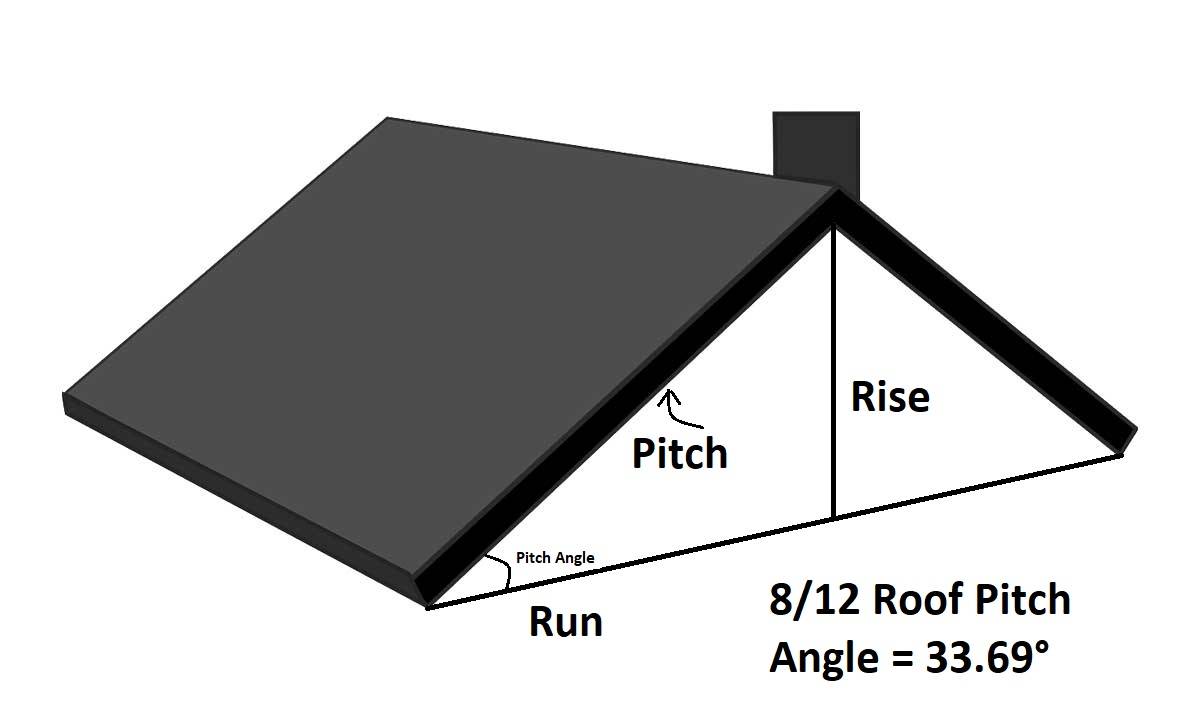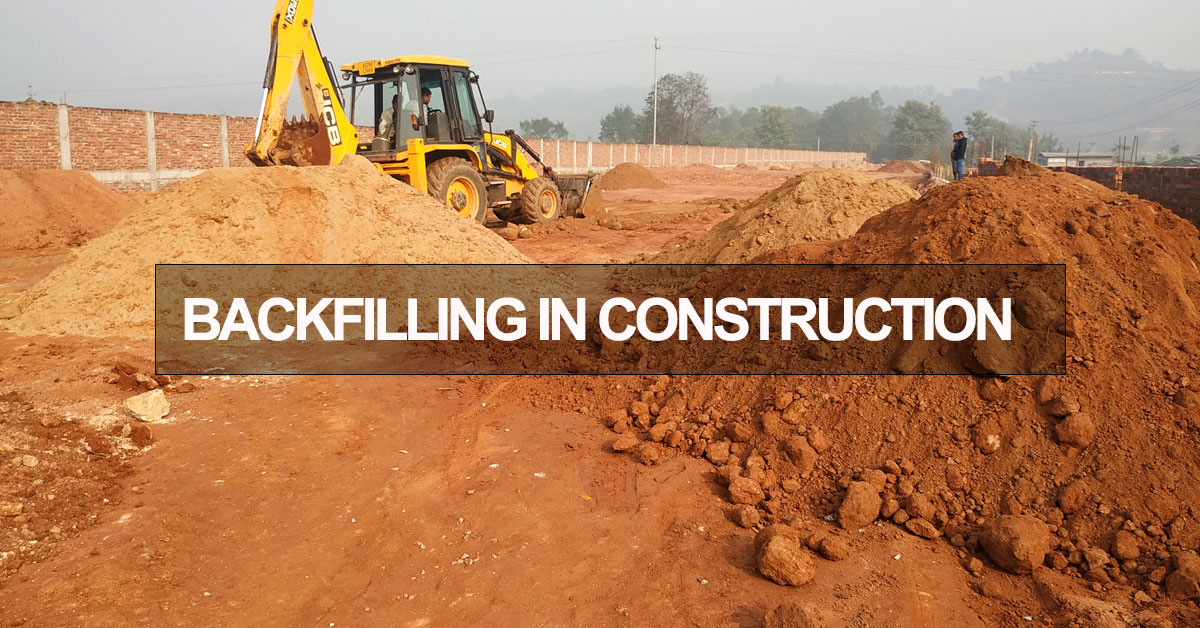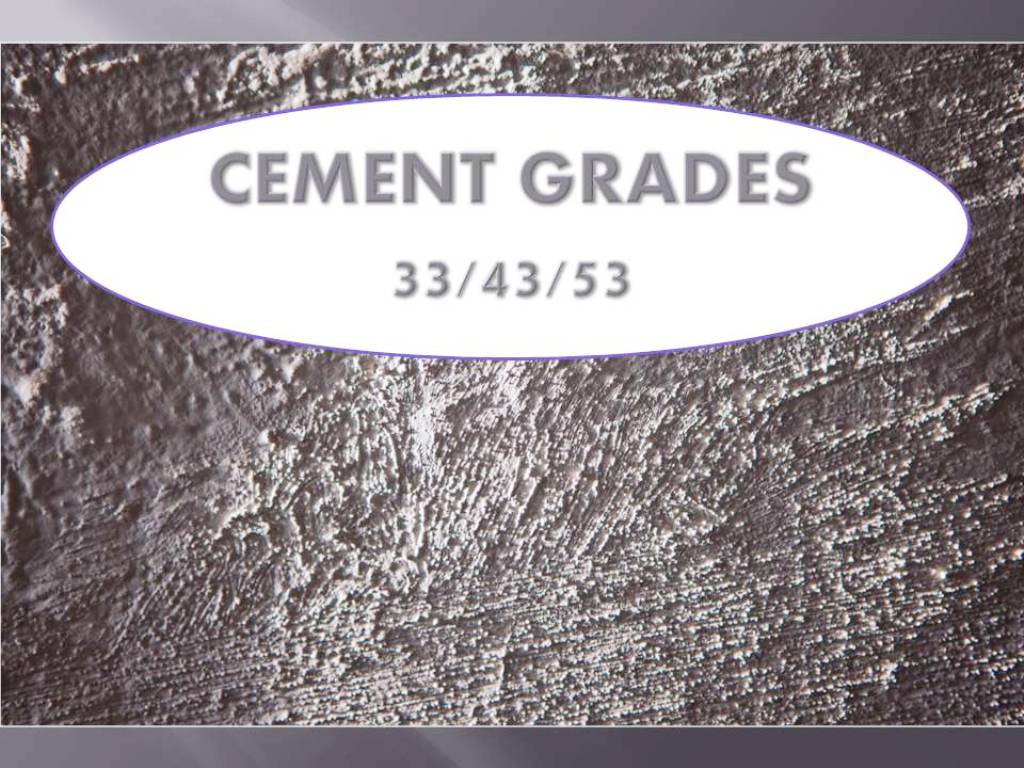All the building structures are composed of various types of materials. These materials are either referred to as building materials or materials of construction.
A builder, perhaps an architect or engineer, or a contractor needs to become familiar totally with these building materials. The information on various types of materials, their properties, and their uses for various functions provides a vital tool in the hand of the builders in achieving the economy in material price.
The material cost in a building ranges from thirty to fifty percent cost of the total construction cost. In addition to the material economy, the right use of material leads to higher structural strength, functional efficiency, and aesthetic look.
Construction materials are the materials that are used in the construction of buildings, structures, and other facilities. These materials include concrete, steel, wood, plaster, glass, and many others. Each of these materials has its own unique properties and characteristics that make it suitable for certain types of construction projects. In this blog post, we will explore some of the most common building materials used in construction and their types.
Building Materials Used in Construction works and their Types
These are some most commonly used building materials and are listed below:
- Stones
- Bricks
- Cement
- Sand
- Mortar
- Concrete
- Timber
- Metals
- Glass
- Ceramics
- Miscellaneous Building Materials
Stone

From the olden day, stones have been considered one of the popular materials for building due to their high availability from natural rocks. Strength and durability are the two most important qualities building stones should possess.
Some other important qualities to be considered for good building stones are their Crushing strength, Appearance, Durability, Fracture, Hardness, Percentage wear, Resistance to fire, Specific gravity, Texture, Water absorption, and Toughness index.
Stones are mostly used for structural work, face work, paving work, and for other purposes like ballast for railways and flux in a blast furnace, etc.
Bricks

Brick is a building material used to create a wall, pavement, and many other masonry elements. It is being used for building purposes for thousands of years which makes it one of the oldest known building materials.
The bricks in ancient times were made of mud and were dried in the sun for hardening. The greatest breakthrough came in 3500 BC with the invention of fired brick. From this moment on, brick started becoming popular in colder climates also. The process involved in the manufacturing of brick includes the preparation of clay, molding, drying, and burning.
Qualities of good brick are it should be free from cracks and should have sharp and square edges. It should produce a clear ringing sound when struck with each other.
Cement

Cement is a binder, a substance used for construction that sets, hardens, and adheres to alternative materials to bind them along. There are 2 main kinds of cement: Geopolymer cement and portland cement.
Cement is rarely used on its own, however, rather binds sand and gravel (aggregate) along. When mixed with fine aggregate(sand) produces mortar for masonry, or sand and gravel produce concrete.
Cement is the most generally used material existing and is merely behind water because of the planet’s most-consumed resource.
Sand
Sand is an important building material and is granular in nature, composed of finely disintegrated rock and mineral particles. It is finer than gravel and coarser than silt.

The composition of sand consists of Silica (silicon dioxide or SiO2) usually in the form of quartz.
Sand is the principal component of construction materials such as concrete and mortar.
Mortar
Mortar is composed of a mixture of sand, a binder, and water. When cement is used as the binder material, it is called cement mortar and when lime is used as the binder material, it is called lime mortar, similarly, if gypsum is used as a binder, it is called gypsum mortar.

Mortar is used in masonry work to hold building materials such as bricks and stone together. It is also used for plastering work.
Concrete
Concrete is a mixture of Portland cement, water, coarse and fine aggregates, and admixtures proportioned to form a plastic mass capable of being cast, placed, or molded into forms that will harden to a solid mass.

The desirable properties of plastic concrete are that it is workable, peaceable, and non-segregating and that it sets in the desired time.
The hardened concrete should provide the desired service properties such as Strength (compressive and flexural), Durability ( lack of cracks, resistance to thawing and freezing and resistance to chemical attacks, resistance to abrasion).
Cement concrete is important building material because of the following properties which are listed below:
- Concrete can be molded into any size and shape.
- It is possible to control and alter the properties of cement concrete.
- It is possible to mechanize its preparation and placing.
- Concrete possesses adequate plasticity for mechanical work.
Steel
Steel is a strong and durable metal that is commonly used in the construction of buildings, bridges, and other structures. It is often used in combination with other materials, such as concrete, to create a stronger and more stable structure. Steel is also resistant to fire, corrosion, and other types of damage, making it a long-lasting and reliable building material.
Wood
Wood is a natural building material that is used in a wide range of construction projects, including framing, flooring, and other structural elements. It is a renewable resource that is relatively inexpensive and easy to work with. Wood is also highly versatile and can be used to create a wide range of designs and styles.
Plaster
Plaster is a mixture of water, sand, and lime or gypsum that is used to create smooth, flat surfaces in construction projects. It is commonly used to finish the interior walls of buildings and is also used to create decorative elements, such as moldings and cornices. Plaster is a durable and long-lasting material that is resistant to fire and other types of damage.
Glass
Glass is a transparent, brittle material that is made from silica, soda ash, and limestone. It is commonly used in the construction of windows, doors, and other building elements to allow natural light to enter a space. Glass is also used to create decorative elements, such as mirrors and skylights.
Conclusion
In conclusion, there are many different building materials used in construction, each with its own unique properties and characteristics. These materials are chosen based on the specific needs and requirements of a construction project, such as strength, durability, cost, and appearance. Whether you are building a small home or a large commercial building, it is important to choose the right materials to ensure the project is successful and meets all safety and quality standards.
You May Also Like to Read:
Last words:
I hope you got complete information about the Building materials used in construction works and their types in this article.
If you found this article helpful, share it with your friends.
Leave a comment if I missed anything.
Happy Learning!!







"Building Materials Used In Construction And Their Types" is really good stuff. Thank you for sharing….
This is a very informative article on the different types of building materials used in construction. It's so important to understand the properties and characteristics of each material to ensure proper use and longevity of the structure. Your explanation of natural, synthetic, and composite materials is very helpful, as well as your overview of common materials like concrete, steel, and timber. It's also great to see the emphasis on sustainable and eco-friendly materials. Thank you for sharing your expertise and helping others understand the importance of choosing the right building materials for their projects.
Interesting piece of information , good to know most of the things
The various sorts of construction materials are discussed in this article. As a contractor, I know how crucial it is to carefully choose the materials for each job. Your clarifications of the features and uses of various materials are quite helpful. Durability, longevity, and cost-efficiency are all essential features to look for. I appreciate you writing this post because it has helped me learn more about the factors that affect the building sector. Builders and fans alike will find this to be an invaluable reference.
This article provides a comprehensive overview of building materials used in construction, and it's a valuable resource for both builders and enthusiasts. Understanding the different types of materials and their characteristics is vital for achieving durable and sustainable construction projects. As a builder, I appreciate the detailed explanations and the emphasis on selecting the right materials for specific applications. Thank you for sharing this informative article that deepens our knowledge about the materials that shape the built environment."
This informative article about building materials used in construction and their types provides a valuable overview of the different materials involved in the building process. The explanations and descriptions of various materials, such as concrete, steel, wood, and more, are concise and easy to understand. It's important to have a good understanding of these materials to make informed decisions in construction projects. Thanks for sharing this comprehensive guide to building materials!"
Civil Gyan’s blog post covers various building materials used in construction and their types. The post serves as a comprehensive resource, explaining the properties and applications of different construction materials.
Understanding the types of building materials used in construction is essential for making eco-friendly choices. Opting for materials that have minimal environmental impact and supporting revegetation projects can contribute to a healthier planet while creating our dream homes.
Great article on this blog on “Building Materials used in Construction and their Types”. Please continue your sharing of ideas on your future blog articles. Thank you.